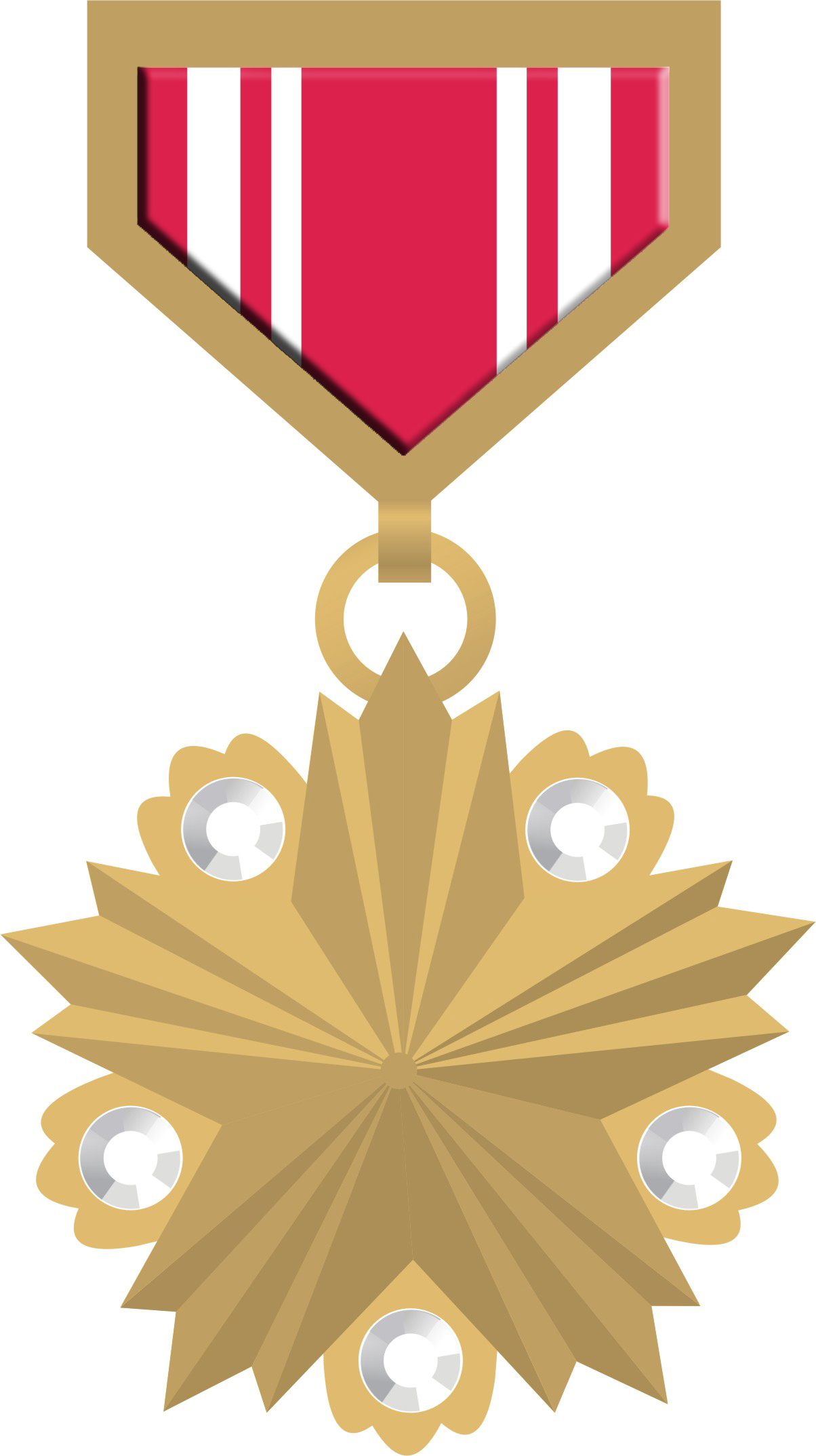|
Dornod Mongol
Dornod ( mn, Дорнод, ; "East") is the easternmost of the 21 aimags (provinces) of Mongolia. Its capital is Choibalsan. Population Halh are the ethnic majority of the Dornod aimag, but Buryat ethnic group is 22.8% of population total (17,196 in 2000, census) concentrated in the north-eastern sums of Dashbalbar, Tsagaan-Ovoo, Bayan-Uul, Bayandun and aimag capital Choibalsan. There are several small ethnic groups: Barga (populates Gurvanzagal and Hölönbuir sums), Uzemchin (are present in Sergelen, Bayantümen, Bulgan, Chuluunhoroot sums and Choibalsan city), Hamnigan ethnic group ( Bayan-Uul and Tsagaan-Ovoo sums). History The aimag was created during the administrative reorganisation of 1941 with the name of ''Choibalsan'', after the communist leader Khorloogiin Choibalsan. The capital, which previously had been called ''Bayan Tümen'', also received the name Choibalsan. In 1963, the aimag was given the current name ''Dornod''. Transportation The Ch ... [...More Info...] [...Related Items...] OR: [Wikipedia] [Google] [Baidu] |
Provinces Of Mongolia
A province is almost always an administrative division within a country or state. The term derives from the ancient Roman ''provincia'', which was the major territorial and administrative unit of the Roman Empire's territorial possessions outside Italy. The term ''province'' has since been adopted by many countries. In some countries with no actual provinces, "the provinces" is a metaphorical term meaning "outside the capital city". While some provinces were produced artificially by colonial powers, others were formed around local groups with their own ethnic identities. Many have their own powers independent of central or federal authority, especially in Canada and Pakistan. In other countries, like China or France, provinces are the creation of central government, with very little autonomy. Etymology The English word ''province'' is attested since about 1330 and derives from the 13th-century Old French , which itself comes from the Latin word , which referred to the sphere ... [...More Info...] [...Related Items...] OR: [Wikipedia] [Google] [Baidu] |
Gurvanzagal, Dornod
Gurvanzagal ( mn, Гурванзагал, Three zagal) is a sum (district) of Dornod Province in eastern Mongolia Mongolia; Mongolian script: , , ; lit. "Mongol Nation" or "State of Mongolia" () is a landlocked country in East Asia, bordered by Russia to the north and China to the south. It covers an area of , with a population of just 3.3 million, .... In 2009, its population was 1,338. References [...More Info...] [...Related Items...] OR: [Wikipedia] [Google] [Baidu] |
Choibalsan (sum), Dornod
Choibalsan District ( mn, Чойбалсан) is a Sums of Mongolia, sum (district) of Dornod Province in eastern Mongolia. Sum center is 55 km North from the Dornod Province, Dornod aimag capital Choibalsan (city), Choibalsan city. Sum center has railway station Kherlengol on the Borzya (Russia) - Choibalsan (city), Choibalsan city line. In 2009, its population was 2,691. References [...More Info...] [...Related Items...] OR: [Wikipedia] [Google] [Baidu] |
Mongolian Language
Mongolian is the official language of Mongolia and both the most widely spoken and best-known member of the Mongolic language family. The number of speakers across all its dialects may be 5.2 million, including the vast majority of the residents of Mongolia and many of the ethnic Mongol residents of the Inner Mongolia Autonomous Region of the People's Republic of China.Estimate from Svantesson ''et al.'' (2005): 141. In Mongolia, Khalkha Mongolian is predominant, and is currently written in both Cyrillic and traditional Mongolian script. In Inner Mongolia, the language is dialectally more diverse and is written in the traditional Mongolian script. However, Mongols in both countries often use the Latin script for convenience on the Internet. In the discussion of grammar to follow, the variety of Mongolian treated is the standard written Khalkha formalized in the writing conventions and in grammar as taught in schools, but much of what is to be said is also valid for vernacular ... [...More Info...] [...Related Items...] OR: [Wikipedia] [Google] [Baidu] |
Hailar
Hailar District, formerly a county-level city, is an urban district that serves as the seat of the prefecture-level city Hulunbuir in northeastern Inner Mongolia, China. Hulunbuir, due to its massive size, is a city in administrative terms only, being mainly grassland and rural. Long known as the "Pearl of the Grasslands", Hailar acts as a gateway between China and Russia. The district spans an area of 1,319.8 square kilometers, and has an estimated population of 365,000 as of 2010. The district serves as a regional center for commerce, trade, and transportation. History Hailar was founded as a Chinese fort in 1734, and during the administration of the Republic of China, it was the capital city of Xing'an Province. It was a center of agricultural production on the historical Chinese Eastern Railway. Once known as Hulun, Hailar today is a relatively small, but thriving modern industrial city of around 300,000, its population having soared from an estimated 20,000 in the mid-20 ... [...More Info...] [...Related Items...] OR: [Wikipedia] [Google] [Baidu] |
Ulaanbaatar
Ulaanbaatar (; mn, Улаанбаатар, , "Red Hero"), previously anglicized as Ulan Bator, is the capital and most populous city of Mongolia. It is the coldest capital city in the world, on average. The municipality is located in north central Mongolia at an elevation of about in a valley on the Tuul River. The city was originally founded in 1639 as a nomadic Buddhist monastic center, changing location 28 times, and was permanently settled at its current location in 1778. During its early years, as Örgöö (anglicized as Urga), it became Mongolia's preeminent religious center and seat of the Jebtsundamba Khutuktu, the spiritual head of the Gelug lineage of Tibetan Buddhism in Mongolia. Following the regulation of Qing-Russian trade by the Treaty of Kyakhta in 1727, a caravan route between Beijing and Kyakhta opened up, along which the city was eventually settled. With the collapse of the Qing Empire in 1911, the city was a focal point for independence efforts, leading ... [...More Info...] [...Related Items...] OR: [Wikipedia] [Google] [Baidu] |
Choibalsan Airport
Choibalsan Airport is a public airport located in Choibalsan, the capital of Dornod Province in Mongolia. A new passenger building was completed in 2001. Airlines and destinations See also * List of airports in Mongolia This is a list of airports in Mongolia, grouped by type and sorted by location. Airports Airport names shown in bold indicate the airport has scheduled service on commercial airlines. , - style="font-weight:bold; background:#ccc;" , Dom ... References External links * from Civil Aviation Authority of Mongolia * Airports in Mongolia Soviet Air Force bases Military installations of the Soviet Union in other countries {{Mongolia-airport-stub ... [...More Info...] [...Related Items...] OR: [Wikipedia] [Google] [Baidu] |
Khorloogiin Choibalsan
Khorloogiin Choibalsan ( mn, Хорлоогийн Чойбалсан, spelled ''Koroloogiin Çoibalsan'' before 1941; 8 February 1895 – 26 January 1952) was the leader of Mongolia (Mongolian People's Republic) and Marshal (general chief commander) of the Mongolian People's Army from the 1930s until his death in 1952. His rule marked the first and last time in modern Mongolian history that an individual had complete political power. Sometimes referred to as the "Stalin of Mongolia", Choibalsan oversaw purges in the late 1930s that resulted in the deaths of an estimated 30,000 to 35,000 Mongolians. Most of the victims were Buddhist clergy, intelligentsia, political dissidents, ethnic Buryats and Kazakhs, and others perceived as "enemies of the revolution." While Choibalsan's alliance with Joseph Stalin helped preserve his country's fledgling independence during the early years of the Mongolian People's Republic (MPR), it also brought Mongolia closer to the Soviet Union. Throu ... [...More Info...] [...Related Items...] OR: [Wikipedia] [Google] [Baidu] |
Hamnigan
The Khamnigan, Hamnigan Mongols, or the Tungus Evenki, are a Tungusic- Mongolic ethnic (sub)group of Mongolized Evenks. Khamnigan is the Buriat- Mongolian term for all Ewenkis. In the early 16th century, the Evenks of Transbaikalia or Khamnigans were tributary to the Khalkha. They who lived around Nerchinsk and the Aga steppe faced both Cossack demands for tribute and Khori-Buriats trying to occupy their pastures. Most of them came under the Cossack rule and enrolled the Cossack regiments in the Selenge valley. The Khori Buriats occupied most of the Aga steppe and forced the Ewenkis to flee to the Qing Dynasty. After 1880 Russia's Khamnigan moved to semi nomadic herding of cattle, sheep, camels and horses. Some time after 1918 the Evenks, along with their Buriat neighbors, fled over the border into Mongolia and Hulun Buir, establishing the current Khamnigan communities there. The Khamnigan of Mongolia, numbering 300 households, are scattered among the Buriats and speak only th ... [...More Info...] [...Related Items...] OR: [Wikipedia] [Google] [Baidu] |
Chuluunkhoroot, Dornod
Chuluunkhoroot ( mn, Чулуунхороот, ''stone corral''), also Ereentsav (), is a sum (district) center in the Dornod Province, Mongolia. It is located very close to the Russian-Mongolian border, and sees frequent visits from Solov'yovsk on the Russian side. In 2009, its population was 1,609. History It was established in the 1950s as a state farm collective, drawing settlers from other areas in the region, with tractors and large equipment mainly purchased from Russia. Due to this relatively large-scale settling, the town is an ethnic mix ofHalh
The Khalkha ( Mongolian: mn, Х� ...
[...More Info...] [...Related Items...] OR: [Wikipedia] [Google] [Baidu] |
Bulgan, Dornod
Bulgan ( mn, Булган) is a sum (district) of Dornod Province in eastern Mongolia Mongolia; Mongolian script: , , ; lit. "Mongol Nation" or "State of Mongolia" () is a landlocked country in East Asia, bordered by Russia to the north and China to the south. It covers an area of , with a population of just 3.3 million, .... In 2009, its population was 1,775. References [...More Info...] [...Related Items...] OR: [Wikipedia] [Google] [Baidu] |




